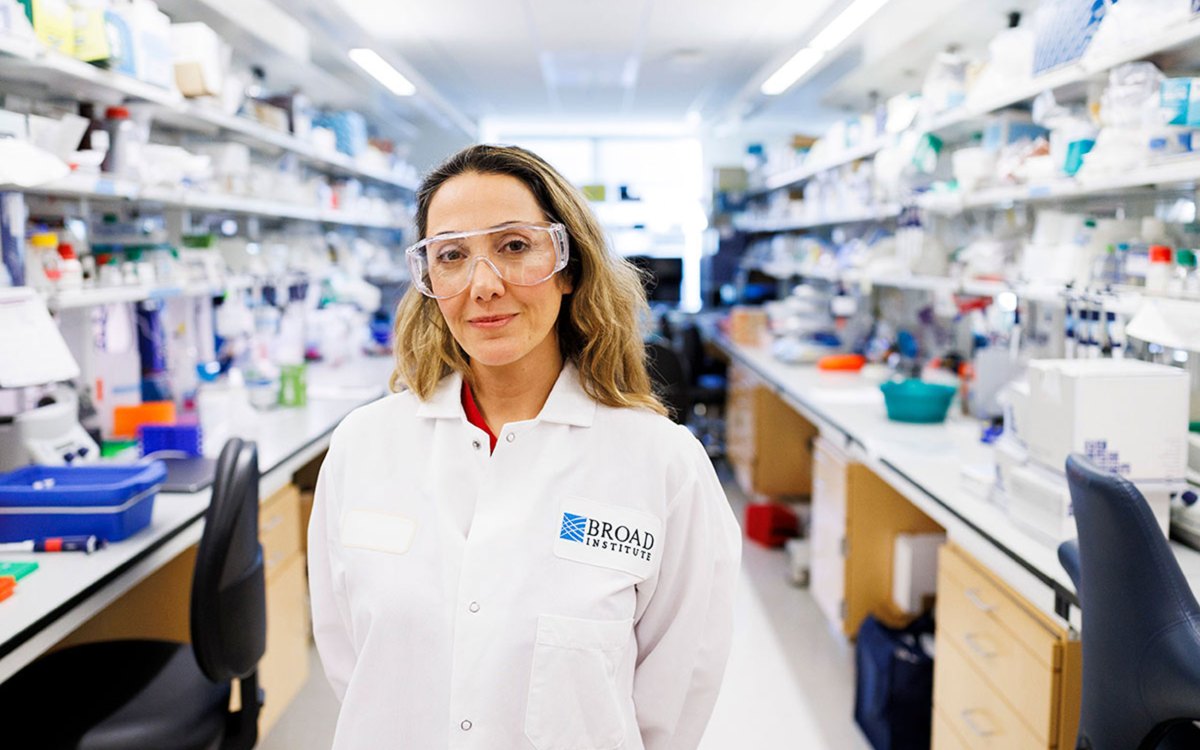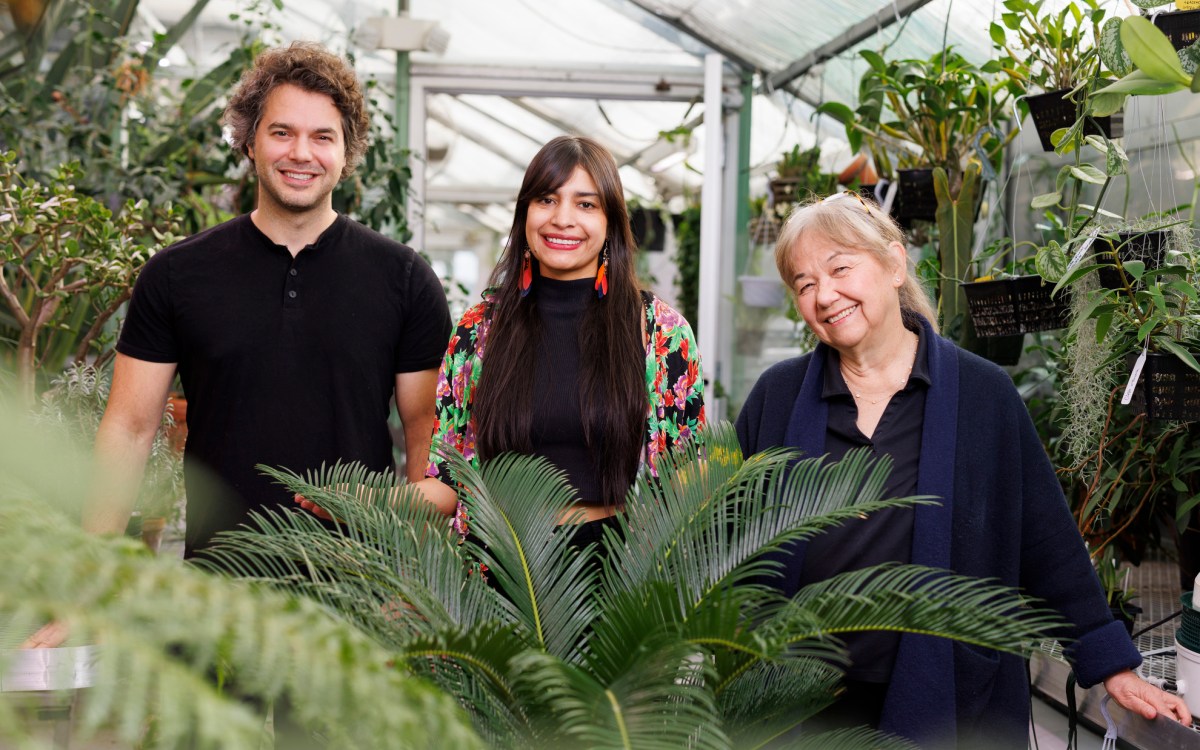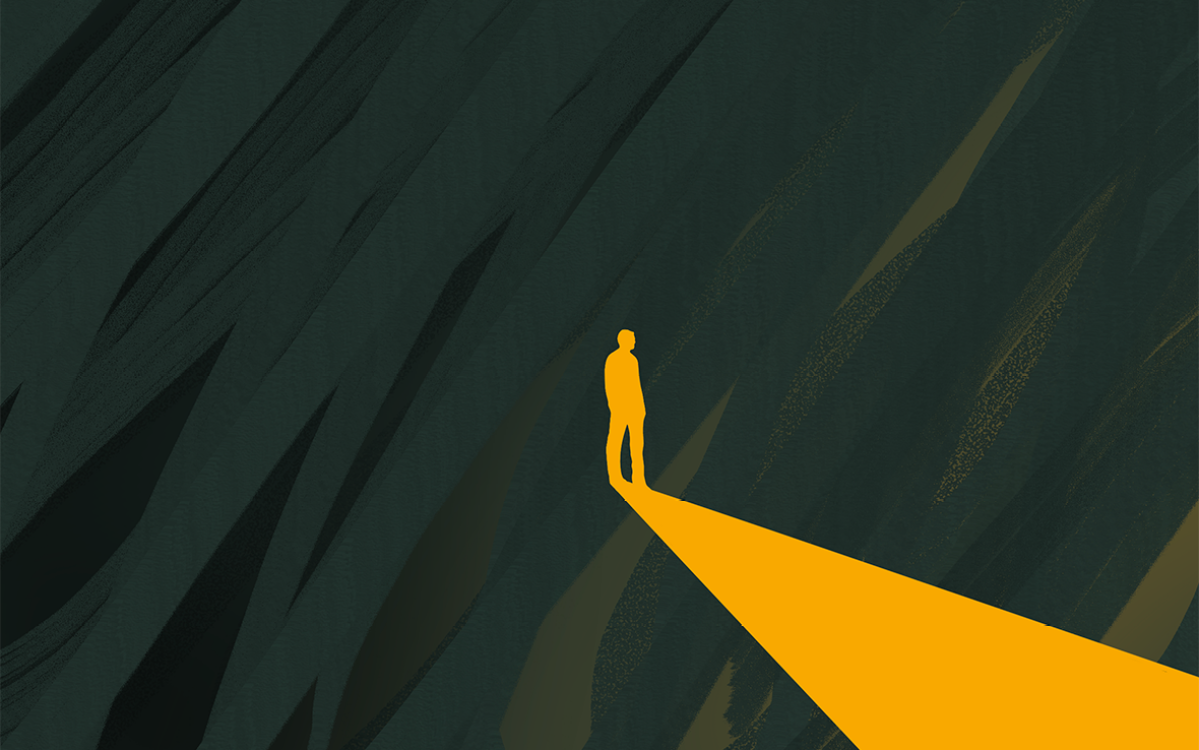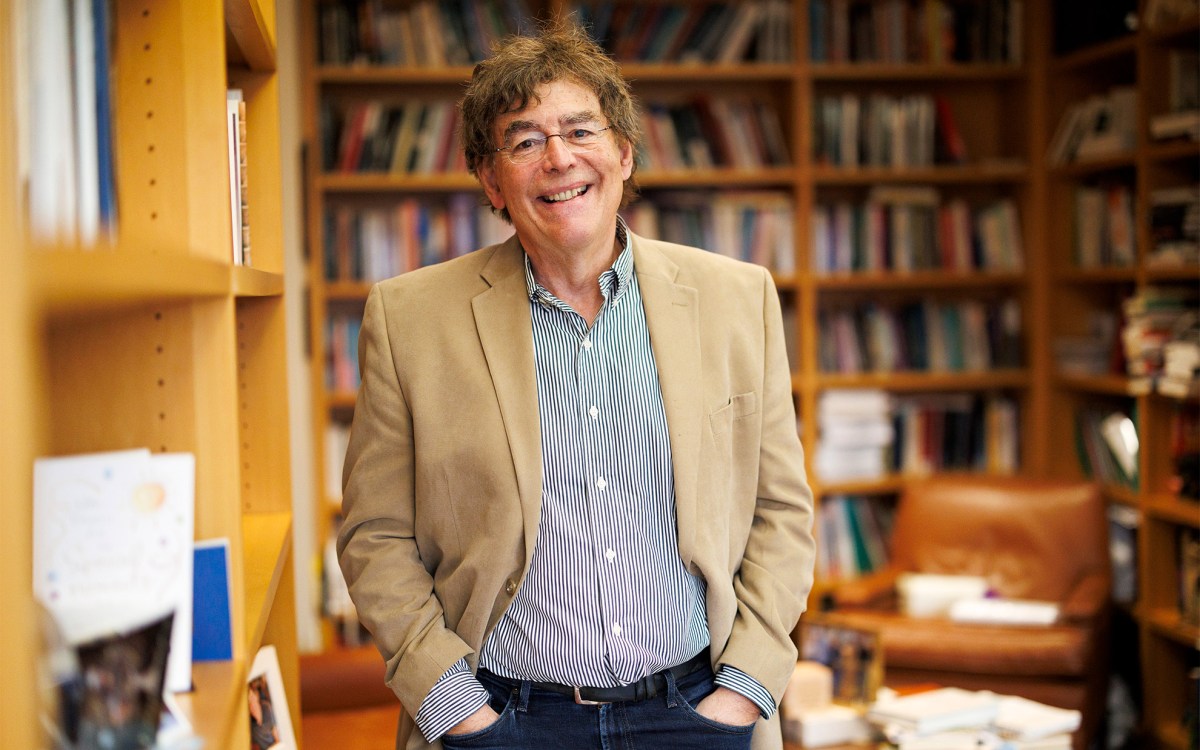Science & Tech
-

Stopping the next pandemic
Disease surveillance network faced ‘existential cliff’ despite proven success. Then came the $100 million.
-

Rethinking — and reframing — superintelligence
Microsoft researcher says separating AI from people makes systems dangerous and unproductive
-

First, male gets heated up, then female, and then, you know
Study shows infrared radiation from plants serves as invitation to pollinating insects
-

‘Consciousness’
What we know and don’t know about the life of your mind
-

Science needs contrarians, and contrarians need support
Institute of Quantitative Social Science initiative tailored to researchers exploring provocative ideas
-

Cracking the code of why, when some choose to ‘self-handicap’
New research also offers hints for devising ways to stop students from creating obstacles to success

-
First edition of HapMap released
A flurry of high-profile scientific manuscripts published in October 2005 describe both the content and uses of HapMap, a catalog that maps human genetic variation and relates it both to…
-
Mercury advisories may do more harm than good
A study warns that if advisories cause fish consumption in the general public to drop out of fear about the effects of mercury, substantial nutritional benefits could be lost. The…
-
It takes three Smithsonian observatories to decipher one mystery object
In an exercise that demonstrates the power of a multiwavelength investigation using diverse facilities, astronomers at the Harvard-Smithsonian Center for Astrophysics (CfA) have deciphered the true nature of a mysterious…
-
Black holes aren’t so black
As gas is pulled into a black hole by its strong gravitational force, the gas heats up and radiates. That radiation can be used to illuminate the black hole and…
-
Lukin illuminates quantum science
Mikhail Lukin thinks that devices based on quantum science are at the same stage as radios were about 100 years ago. To catch up, the recently tenured professor of physics…
-
Born to add
In experiments, 5-year-olds, who had no real experience using number symbols, “added” two arrays of dots and compared them to a third array. When researchers replaced the third array of…
-
Ferreting out the first stars
The first stars are so distant and formed so long ago that they are invisible to our best telescopes. Until they explode. Hypernovas (more powerful cousins of supernovas) and their…
-
First baby photo of stellar twins
Newborn stars are difficult to photograph. They tend to hide in the nebulous stellar nurseries where they formed, enshrouded by thick layers of dust. Now, Smithsonian astronomer T.K. Sridharan (Harvard-Smithsonian…
-
Survey of Katrina evacuees in Houston: Half trapped in homes waited three days or more for rescue
One-third (34 percent) of Katrina evacuees in a survey reported that they were trapped in their homes and had to be rescued. Half (50 percent) of those who were trapped…
-
Fastest pulsar speeding out of galaxy
A speeding, superdense neutron star somehow got a powerful “kick” that is propelling it completely out of our Milky Way Galaxy into the cold vastness of intergalactic space. Its discovery…
-
How to build a big star
The most massive stars in our galaxy weigh as much as 100 small stars like the Sun. How do such monsters form? Do they grow rapidly by swallowing smaller protostars…
-
Genome scanning technique spots disease risk
A new technique, admixture mapping, takes advantage of the higher-risk genetic segments from one population that show up in the other through generations of racial mixing. The presence of higher-risk…
-
Harvard, MGH researchers track egg cell production to marrow
In a series of experiments on sterile female mice, Massachusetts General Hospital (MGH) researchers were able to restore egg production by transplanting bone marrow from fertile mice. The researchers believe…
-
Implantable chips bear promise, but privacy standards needed
Writing in the July 28, 2005 edition of the New England Journal of Medicine, John Halamka, M.D., chief information officer at BIDMC and Harvard Medical School and an emergency room…
-
Judah M. Folkman, MD
In the early 1970s Folkman refined his theory that tumors have the capability to grow their own blood vessels, thereby obtaining the nourishment they need to keep growing in a body. Folkman never quit thinking about why this happens and how he might use that information to treat cancer patients.
-
Witnessing gun violence significantly increases the likelihood that a child will also commit violent crimes
“Based on this study’s results, showing the importance of personal contact with violence, the best model for violence may be that of a socially infectious disease,” says Felton Earls, MD,…
-
Amateur and professional astronomers team to find new planet
Astronomer Scott Gaudi of the Harvard-Smithsonian Center for Astrophysics believes that microlensing has the potential for wide use in the future: “With improving technologies and techniques, the first Earth-sized planet…
-
Robotic telescope penetrates heart of universe’s most powerful explosion
Cullen Blake, a graduate student at the Harvard-Smithsonian Center for Astrophysics and lead author on the paper, said that the simultaneous observation of infrared light with a gamma-ray burst was…
-
Intimate partner violence
The study’s lead author, Megan Gerber, a practicing physician at Cambridge Health Alliance and instructor of medicine at Harvard Medical School, notes: “Our study hopes to raise physician awareness of…
-
Student makes cableless cable
Matthew DePetro ’05 earned top honors for his senior design project, “Wireless Cable Television.” The first-prize entry “untethers” standard cable TV and even eliminates the need for a wall outlet.…
-
Simulations show growth of black holes
Using a new computer model of galaxy formation, researchers have shown that growing black holes release a blast of energy that fundamentally regulates galaxy evolution and black hole growth itself.…
-
E.O. Wilson, “Ant Man”
E. O. Wilson reflects on insect societies, human society, and the importance of biodiversity.
-
Message to marathoners: Watch your fluid intake!
The study singled out substantial weight gain while running, long race duration, and a lower body mass index as the primary risk factors for hyponatremia in runners. Researchers suggest that…
-
Case of Sedna’s ‘missing moon’ solved
In trying to solve the riddle of Sedna’s “missing moon,” scientists Scott Gaudi, Krzysztof (Kris) Stanek and colleagues at the Harvard-Smithsonian Center for Astrophysics took measurements that have cleared up…
-
Scientists find molecular pathway suspected in precancerous stomach lesions
Ramesh Shivdasani, M.D., Ph.D., of Dana-Farber, said the finding “opens a window that could help us eventually interfere with these pathways when they become abnormal. It should give us a…
-
Human skull is 7 million years old
When a 7-million-year-old skull was first found, Daniel Lieberman, a professor of anthropology at Harvard, called it “one of the greatest discoveries of the past 100 years.” After studying new…
-
Prof. Lene Hau: Stopping light cold
In 2005, Professor Lene Hau did something that Einstein theorized was impossible. Hau stopped light cold using atoms and lasers in her Harvard lab.
-
Astronomers measure slowest motion across the sky
“A snail crawling on Mars would appear to be moving across the surface more than 100 times faster than the motion we measured for this galaxy,” said Mark Reid of…
-
Study identifies mechanism of resistance to targeted therapy in lung cancer patients
Gefitinib acts on the receptor for the epidermal growth factor protein (EGFR) to halt the spread of cancer cells by fitting into the activating pocket of the protein, blocking the…
-
In China, gems used as tools millennia earlier than thought
Researchers have uncovered strong evidence that the ancient Chinese used diamonds to grind and polish ceremonial stone burial axes as long as 6,000 years ago – and incredibly, did so…

